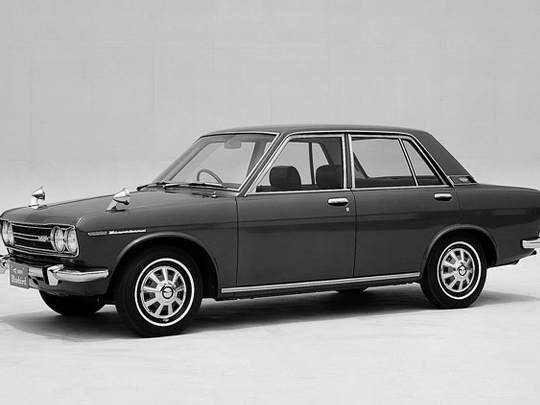
Around the world, ‘Made in Japan' is a label that carries a considerable amount of weight when it comes to quality of products, including cars. But this wasn't exactly the case a few decades ago when the same perception of quality associated with Japanese sewing machines and looms were not attached to cars that came out of the country.
In the Fifties and early Sixties, buying a Japanese car in the US meant proclaiming to the world your lack of good sense and social status. These cars were too small and too slow for Americans spoilt by Detroit muscle and most of them had antiquated British-based bodies and underpowered engines.
No one was more pained by this unfortunate situation than Yutaka Katayama, the maverick head of Datsun America at that time. Having lived in the US for a few years, Katayama was convinced that the only way for Japanese automakers to change their image and succeed commercially in America was to build cars custom-made for the local market.
He dreamed of a sporty saloon with modern styling that also had enough power for American roads. He set his sights very high and chose the brilliant and hugely popular BMW 1600 as his benchmark for a new Nissan model in styling, engineering and performance
But Katayama had to pull quite a few strings, and hold many meetings with top Nissan executives in Japan before he could convince his more conservative colleagues to approve his proposal. His perseverance paid, and the result was the Datsun 510 that went on to sell close to half a million examples worldwide.
The first 510 rolled off the production line in August 1967 as a four-door saloon. A two-door saloon, a four-door estate, and a Japan-only two-door coupé soon followed. Although a part of the Bluebird series, the 510 was a completely new car. It featured independent suspension with struts in the front and semi-trailing arms in the rear, much like the BMW's.
The subdued styling by young designer Teruo Uchino, combined with the BMW-inspired lightweight unibody chassis and the 96bhp 1.6-litre SOHC four-cylinder developed with know-how from Prince Motor Company, which was acquired by Nissan the previous year, made the 510 an instant hit. Priced at $2,000 (Dh7,345), which was considerably less than the BMW 1600's retail price, the 510 was soon dubbed "the poor man's BMW" by America's motoring press, and led to Nissan's sales in the US quadrupling in the next couple of years.
It also helped that the model prepared by Nissan's racing division drove to victory at many an international motorsports event, including two Trans-Am championships, beating BMWs and Alfa Romeos, proving its dynamic abilities.
Getting a stock 510 in good condition is almost impossible today. But you can find some modified and extensively driven models easily for something between Dh10,000 to Dh20,000 depending on their state. If you're not looking at a restoration, make sure you do a thorough check before buying it so that you won't be surprised by clumps of rust later on. And if you chance upon a pristine example, expect to pay upwards of Dh50,000. It's worth every dirham, as that will make you the proud owner of one of the most significant Japanese car models of all time.











